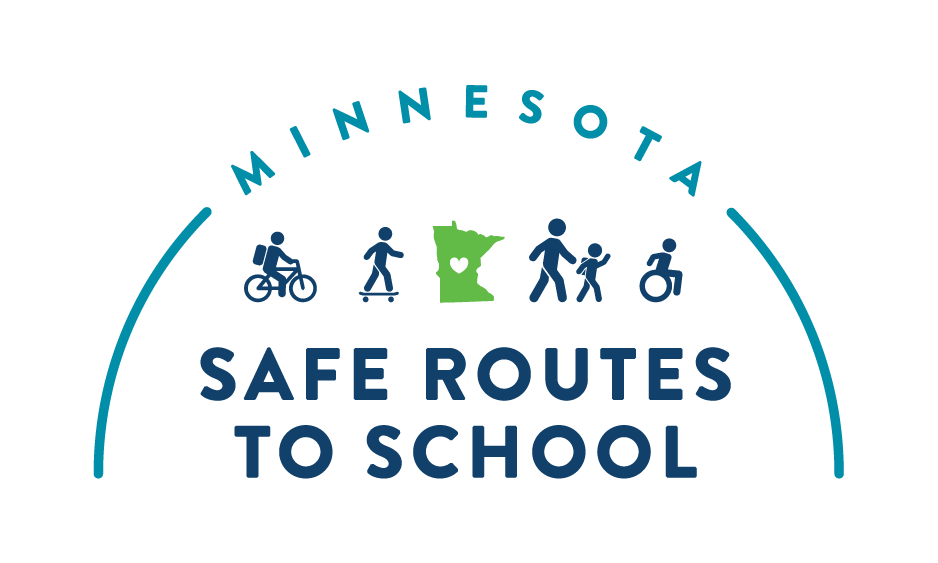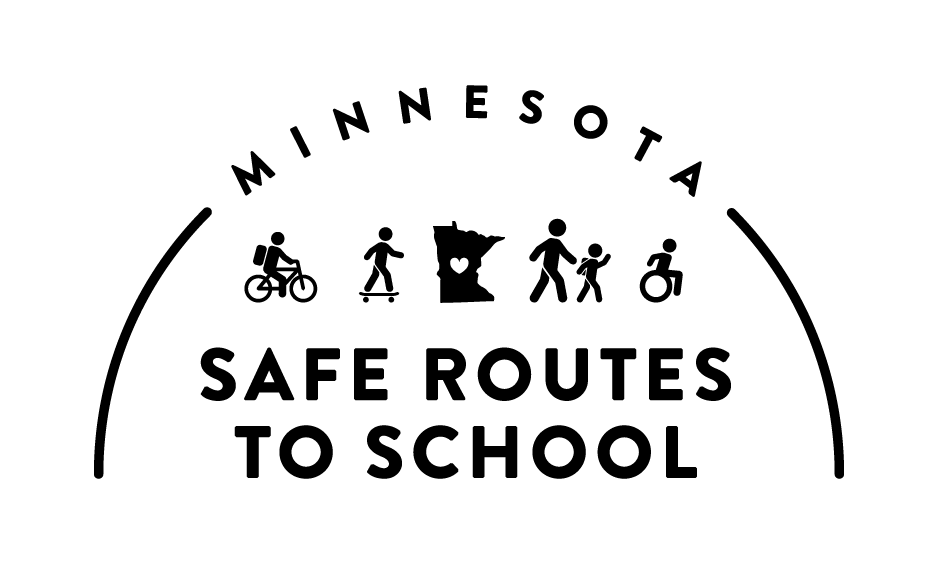About Safe Routes to School
SRTS programs improve safety, reduce traffic and improve air quality near schools through a multidisciplinary approach that is structured around the 6 Es.
Evaluation
Evaluation helps understand the underlying issues that need to be addressed and understanding how the projects and programs of each of the other five “Es” can be most effective.
Education
Classes and activities that teach children (and their parents) bicycle, pedestrian and traffic safety skills, the benefits of bicycling and walking, the best routes to get to school, and the positive impacts these activities have on personal health and the environment.
Encouragement
Events and activities that spark interest in both parents and students in walking and biking to school. Encouragement programs reward participation, build excitement about walking and biking, and inform children and adults about the personal and community benefits of walking to school.
Equity
Equity ensures that SRTS initiatives benefit all demographic groups, with additional attention toward addressing barriers and ensuring safe and healthy outcomes for lower-income students, students of color, and others that face significant disparities.
Engagement
Listening to children, families, school staff and community partners to build creative, equitable, and meaningful engagement opportunities into the program structure.
Engineering
Infrastructure improvements (signage, crosswalks, signals, etc.) designed to improve the safety of people walking, bicycling, and driving along school routes.
Strategic plan
The MnSRTS vision and goals below were developed in collaboration with statewide partners during the development of the 2020 statewide strategic plan (PDF) that guides the Safe Routes to School program, with a focus on equity, in Minnesota.
Vision
Youth in Minnesota can safely, confidently, and conveniently walk, bike, and roll to school and in daily life.
Goals
Six overarching goals will guide the implementation of the Strategic Plan over the next five years to make progress towards the established vision:
- Build Local Partners’ Capacity to Implement SRTS
- Coordinate SRTS Implementation Statewide
- Increase Awareness of SRTS
- Develop Process, Policy, and Design Guidance that Supports SRTS
- Measure Progress, Evaluate Impacts, and Continually Improve the Program
- Innovate in Program Development and Implementation
Minnesota Safe Routes to School steering committee
Minnesota Safe Routes to School combines the expertise of multiple state agencies together with national and local partners to provide the resources needed to support walking and biking to school.
SRTS work group guides the MnSRTS program with local, regional, and statewide partners on a bimonthly basis. If you are interested in joining the work group, please email saferoutes.dot@state.mn.us.
Minnesota Safe Routes to School brand downloads
The Minnesota Safe Routes to School brand is a community asset and can be used by anyone who wants to use the materials for their local programs, to increase awareness of SRTS and participation in walking and biking to school and in the community.
Consistent use of a brand is one way to increase awareness of a unified message. The Minnesota Safe Routes to School (MnSRTS) Brand Guidelines is a reference tool to guide consistent usage of the MnSRTS brand in visual communications. The purpose of these guidelines is to facilitate a clear, effective, and memorable presentation of the logo and a standard brand identity.
Read through the MnSRTS Brand Guidelines before downloading and using brand components below.
MnSRTS Toolkit downloads
Looking for materials to support your school's SRTS events or programs? Download and customize the following to support your SRTS program today.






